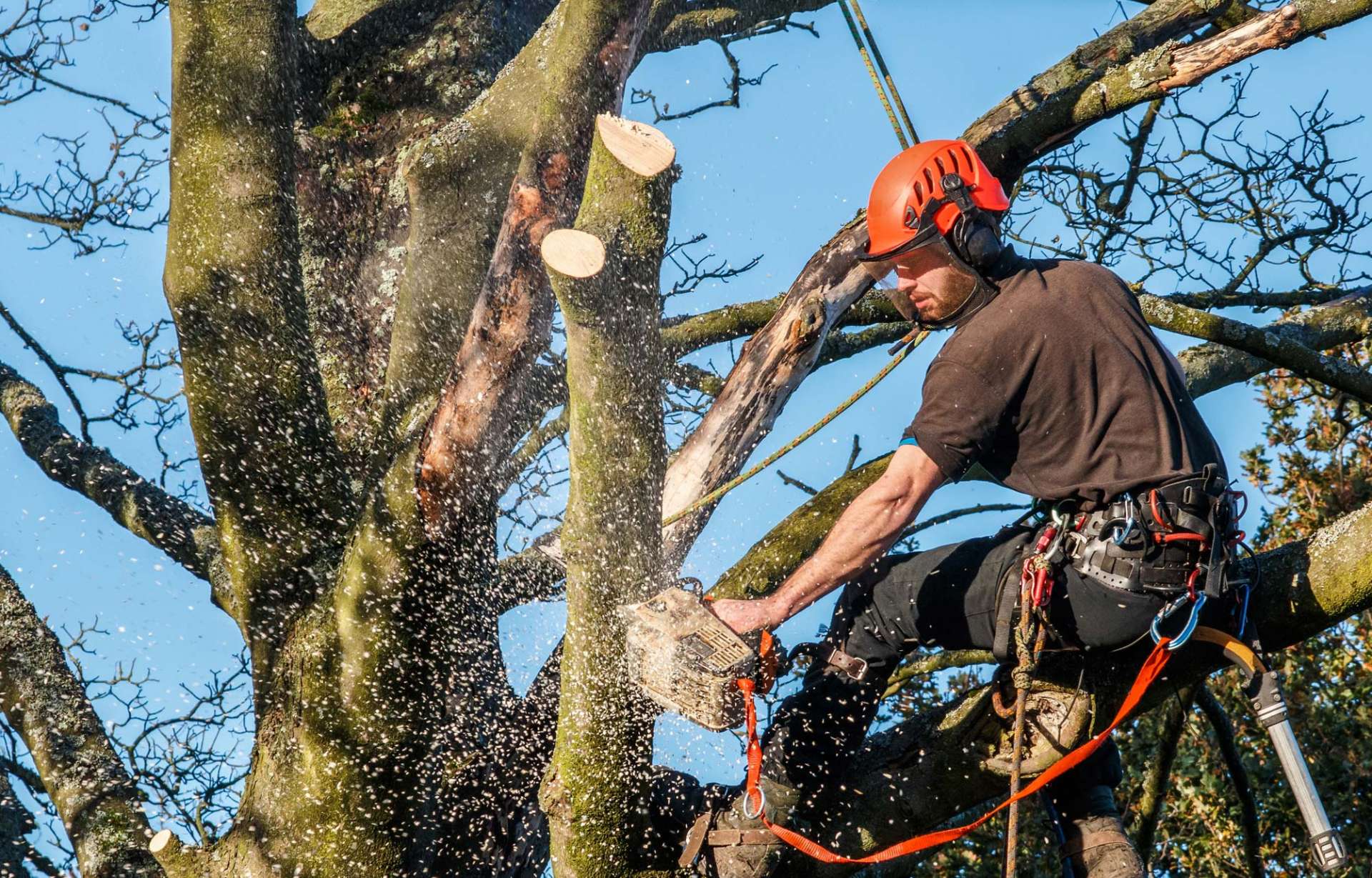
In the intricate world of construction, wedge anchors play a pivotal role. These mechanical devices are typically used to secure objects to concrete, contributing significantly to the integrity and stability of the structure.
Understanding Wedge Anchors
Wedge anchors, often referred to as concrete anchors, are a type of post-installed anchor that is used primarily to affix objects to concrete. They derive their name from the distinctive wedge-shaped end that expands as the anchor is installed, securing it in place.
To elaborate, the wedge anchor is inserted once a hole has been drilled into the concrete. As the nut at the top of the anchor is tightened, the wedge at the end expands, creating an unyielding hold within the concrete. This mechanism ensures a high degree of pull-out resistance, making them an ideal choice for heavy-duty applications.
Types Of Wedge Anchors
While wedge anchors follow the same fundamental principle of operation, they come in a variety of types, each suited to different applications. These include:
- Zinc Plated: These anchors are ideal for indoor applications where corrosion is not a significant concern. The zinc plating provides a modest level of protection against rust.
- Hot-Dipped Galvanized: These are suitable for outdoor applications where there is a moderate risk of corrosion. The hot-dipped galvanization process offers superior rust resistance compared to zinc plating.
- Stainless Steel: These anchors provide the highest level of corrosion resistance. They are often used in applications where there is a high risk of corrosion, such as marine environments or chemical processing plants.
- High-Strength: These anchors are designed for high-load applications. They are made from high-strength steel and are often used in critical structural applications.
Applications Of Wedge Anchors
In Structural Attachments
Structural attachments constitute one of the primary uses of wedge anchors. They are ideal for connecting structural and non-structural elements to concrete. This includes securing beams, columns, and walls to concrete foundations. In this context, they offer excellent load-bearing capacity and exceptional resistance to vibration and shock.
Machinery Anchoring
Wedge anchors are often employed in the anchoring of heavy machinery and equipment. Their robust design and strong holding power make them well-suited to these high-load applications. For example, manufacturing facilities often use anchors to secure large machines to concrete floors, ensuring stable and safe operation.
Dock And Wharf Construction
In marine applications, stainless steel wedge anchors are commonly used. Their high corrosion resistance makes them an excellent choice for securing structures in these harsh environments. This includes the construction of docks, wharfs, and other marine structures.
Selecting The Right Wedge Anchor
Choosing the appropriate wedge anchor hinges on a variety of factors. The application’s nature, the environmental conditions, and the load requirements all play a vital role in the selection process.
For instance, stainless steel would be the best option in a corrosive environment due to their superior corrosion resistance. Conversely, zinc-plated anchors would suffice for indoor applications with a low risk of corrosion.
The load requirements also heavily influence the selection process. For high-load applications, high-strength wedge anchors made from high-strength steel are often the best choice. However, for less demanding applications, standard wedge anchors may be more cost-effective.
Installation Of Wedge Anchors
Installing wedge anchors is a relatively straightforward process that can be completed in several steps:
- Drill a hole in the concrete using a hammer drill and a carbide-tipped drill bit. The hole’s diameter should match the diameter of the anchor, and the depth should be at least the length of the anchor plus the thickness of the material being fastened.
- Clean the hole thoroughly to remove any dust or debris.
- Insert the wedge anchor through the fixture and into the hole, ensuring the nut and washer are positioned correctly.
- Hammer the anchor into the hole until the washer and nut are flush with the fixture’s surface.
- Tighten the nut with a wrench until it is secure. This causes the wedge at the end of the anchor to expand, securing it in place.
- Safety Considerations
FAQs
Q1: Can wedge anchors be used in brick or block?
While they are primarily designed for use in concrete, they can be used in solid brick or block with some caveats. The holding values might not be as high, and special considerations must be taken when choosing the anchor size and installation depth.
Q2: Are wedge anchors removable?
Yes, but the process can be quite labor-intensive and may cause damage to the concrete. The nut and washer are removed first, then the anchor is cut off near the concrete surface. The remaining part of the anchor inside the concrete cannot be extracted.
Q3: How deep should wedge anchors be installed?
The installation depth for wedge anchors is generally 10 diameters of the anchor or a minimum of 2-1/2 inches, whichever is greater. However, the specific depth can vary depending on the load requirements and the type of concrete in which the anchor is being installed.
Q4: What size of wedge anchor should I use?
The size of the wedge anchor to be used depends on the load requirements of the application and the thickness of the material being fastened. In general, it is recommended to use the largest diameter anchor that the hole can accommodate, as larger anchors provide higher load capacities.
Although wedge anchors are designed to be robust and reliable, it’s crucial to consider safety considerations. Proper installation is key to ensuring the anchor’s performance and safety. Over-tightening the anchor can lead to splitting of the concrete, compromising the anchor’s holding power. Similarly, installing the anchor too close to an edge can cause cracking or spalling.
Moreover, it’s essential to consider the anchor’s load capacity. While wedge anchors are designed to handle significant loads, exceeding the manufacturer’s recommended load capacity can lead to anchor failure, posing significant safety risks.
Wedge anchors are an indispensable part of the construction industry, providing a sturdy and reliable method of attaching objects to concrete. Their diverse range of types caters to a wide array of applications, from securing structural elements to anchoring heavy machinery.
Understanding the different types of wedge anchors, their applications, and their installation process is key to making an informed decision. With the right choice of anchor and proper installation, these anchors can provide a secure, long-lasting connection that withstands the test of time. Whether you’re a construction professional or a DIY enthusiast, this knowledge can help ensure your projects stand firm and strong.







_1.jpeg)

:max_bytes(150000):strip_icc()/Term-Definitions_Digital-Marketing-5ae6ea1aee934b02a94a1a4d9401443d.jpg)




